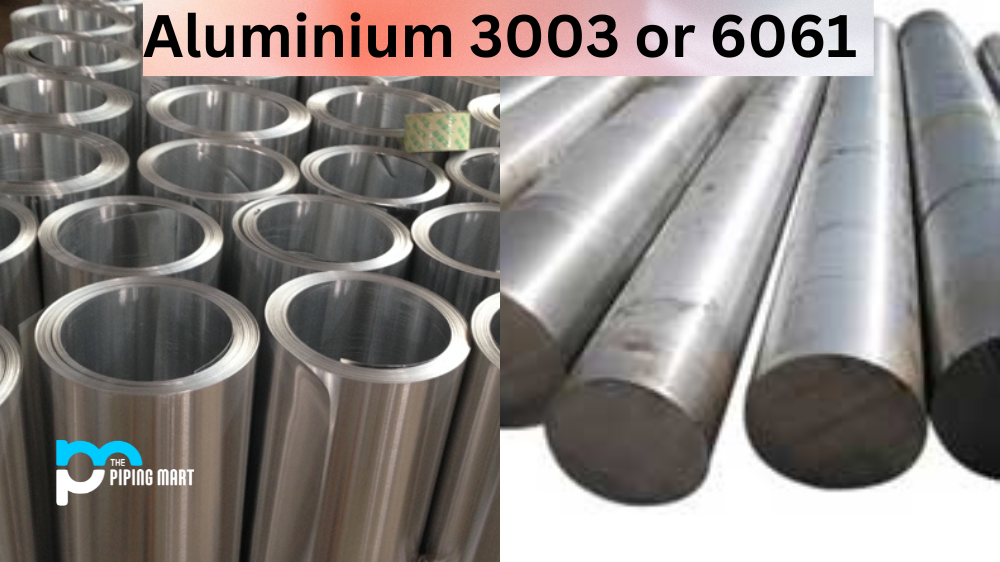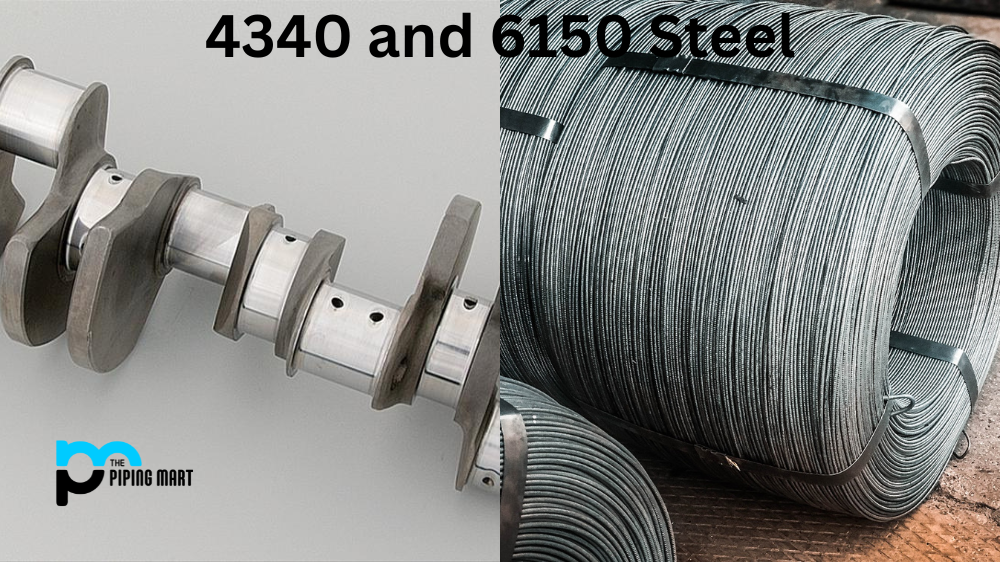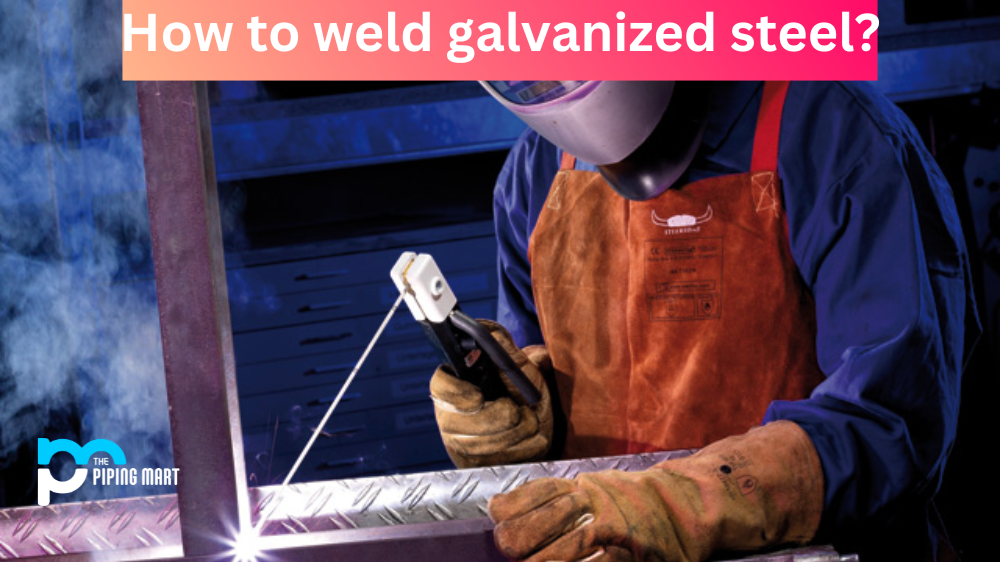Aluminium is the most abundant metal in the Earth’s crust, and it’s used for various applications. It’s lightweight, durable, corrosion-resistant and recyclable, making it a popular choice for everything from construction to aerospace. Two of the most commonly used alloys are aluminium 3003 and 6061. But what’s the difference between the two, and which one is better? In this blog post, we’ll explore the characteristics of both alloys and help you decide which is right for your project.
What is Aluminium 3003?
Aluminium 3003 is an alloy that is made up of aluminium and manganese. It is a lightweight metal that is highly corrosion-resistant. Additionally, it is non-magnetic and has good electrical and thermal conductivity. Aluminium 3003 is often used to construct storage tanks, pressure vessels, and piping.
What is Aluminium 6061?
Aluminium 6061 is an alloy of aluminium, magnesium, and silicon. It is a strong and durable metal that is highly resistant to corrosion. Additionally, it has good electrical and thermal conductivity. Aluminium 6061 is often used to construct aircraft, automobiles, and machinery.
Difference Between Aluminium 3003 and 6061
Composition
One of the primary differences between aluminium 3003 and 6061 is their composition. Aluminium 3003 contains manganese, while aluminium 6061 does not. Additionally, aluminium 6061 contains magnesium and silicon, while aluminium 3003 does not. This difference in composition gives each metal different properties and characteristics.
Uses
Another difference between these two metals is their typical uses. Aluminium 3003 is often used to construct storage tanks, pressure vessels, and piping due to its lightweight and high corrosion resistance. Alternatively, aluminium 6061 is often used in constructing aircraft, automobiles, and machinery due to its strength and durability.
Price
Finally, another difference between these two metals is their price. Aluminium 3003 is typically cheaper than aluminium 6061 due to its lower production costs. However, aluminium 6061 may be more expensive due to its higher demand from industries such as aerospace and automotive.
Conclusion
In conclusion, aluminium 3003 and 6061 have unique advantages and disadvantages. The right alloy for your project depends on your needs and requirements. If you need a material that’s easy to form and process and doesn’t require high strength, aluminium 3003 may be your better choice. If you need a strong, lightweight, and highly versatile material, aluminium 6061 may be the right choice. It’s important to consider factors such as strength, workability, cost, and sustainability when selecting an alloy for your project.

Pipingmart is a B2B portal that specializes in metal, industrial and piping items. Additionally, we share the latest information and information about materials, products and various types of grades to assist businesses that are involved in this business.




